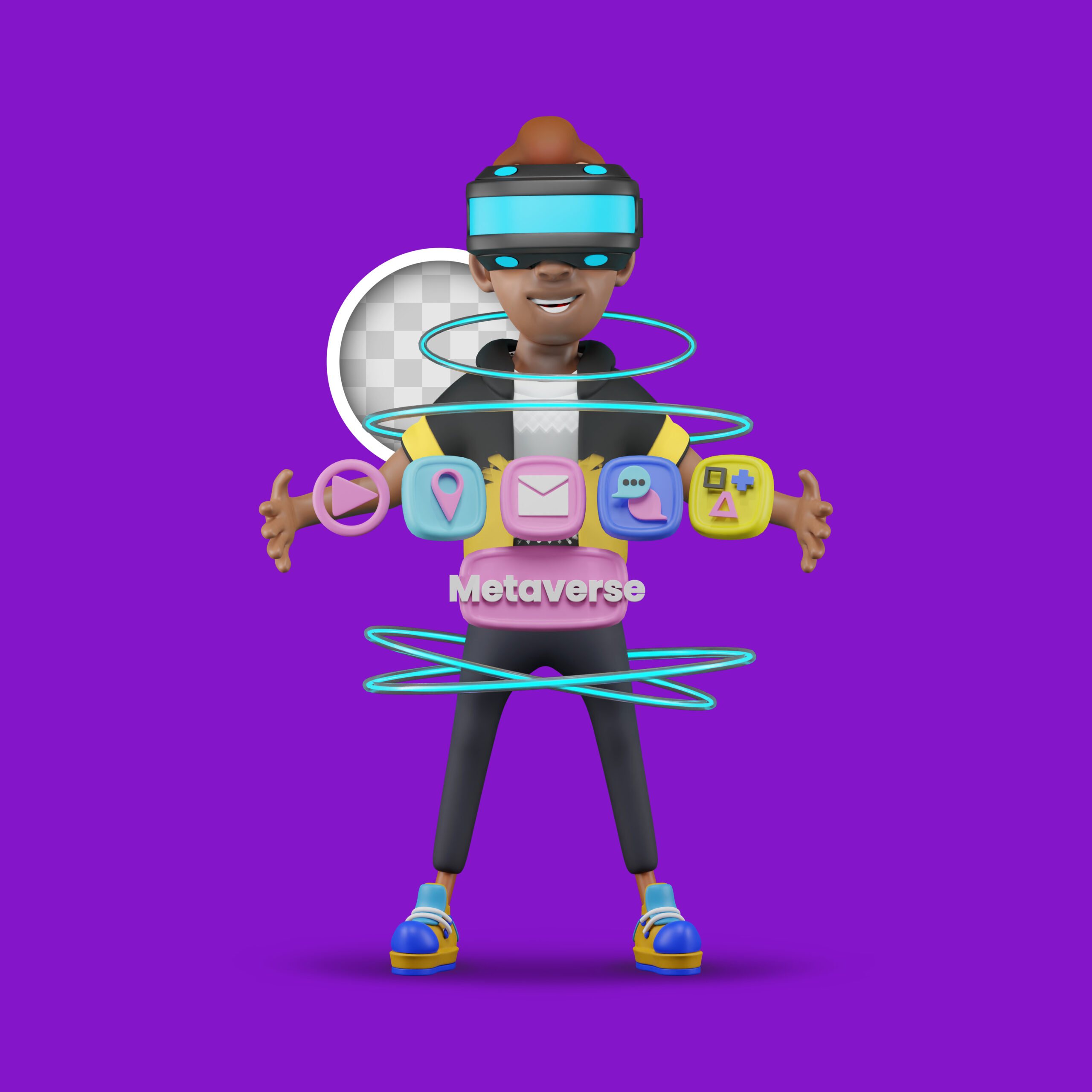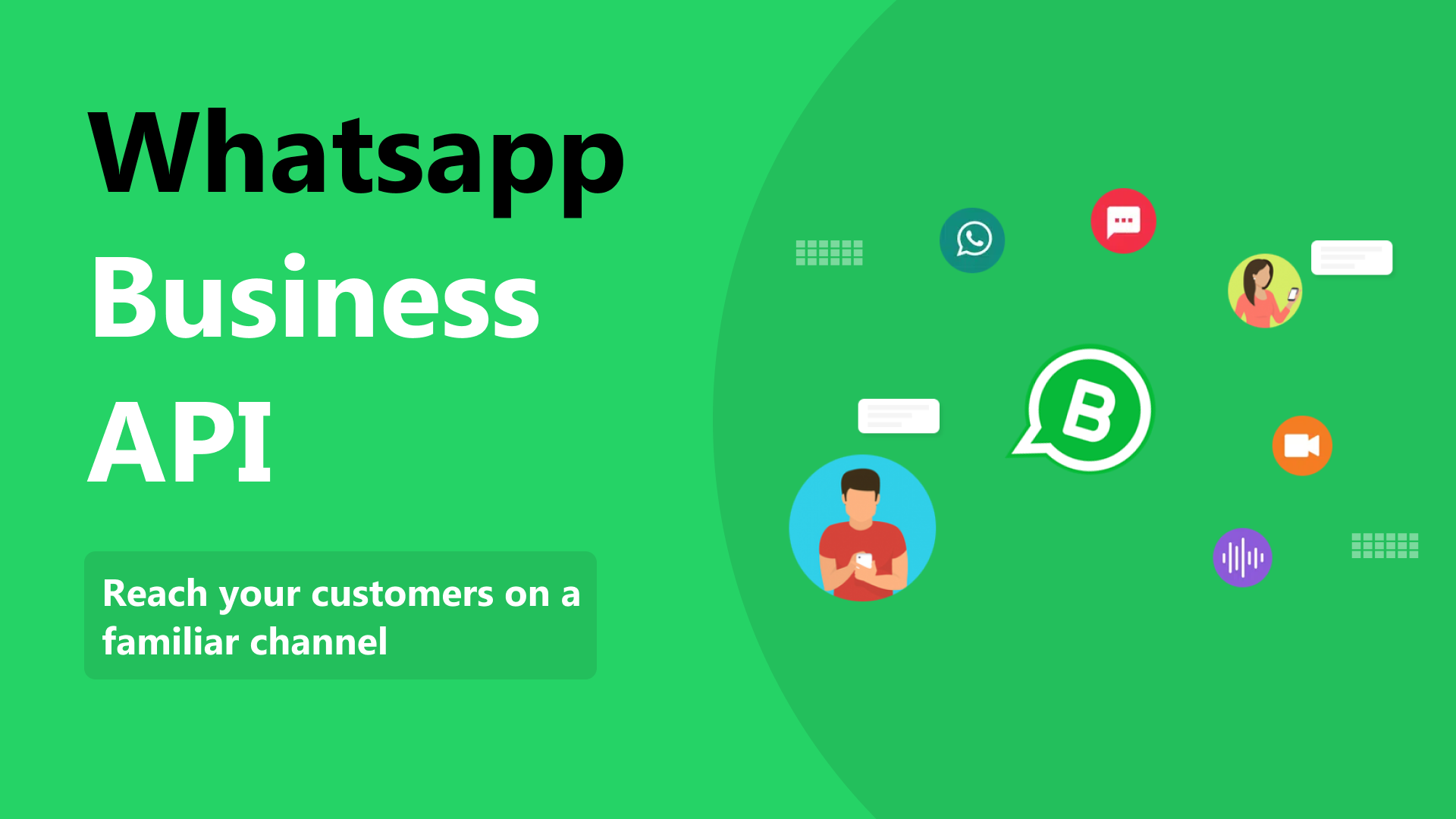In recent years, technology has dramatically altered the face of education, paving the way for innovative learning methodologies that cater to a diverse range of learners. One subgroup that has considerably benefited from this technological revolution is children with Special Educational Needs (SEN). For these children, assistive technology integrated into eLearning platforms has become a vital tool for enhancing their learning experiences and outcomes.
Assistive technology refers to any device, software, or equipment that aids individuals with disabilities in performing tasks that might otherwise be challenging or impossible. When applied to eLearning, it provides an opportunity for children with SEN to access, engage, and succeed in education in ways that weren’t conceivable a few decades ago.
Reading and literacy-related challenges often pose significant barriers for children with SEN.
Assistive technology can help overcome these obstacles. For example, text-to-speech software and Mobile Mall screen readers convert written text into spoken words, facilitating students with dyslexia or visual impairments. Similarly, audiobooks and digital text formats with adjustable text sizes and colors accommodate different reading abilities and preferences.
Writing can also be a challenge for children with SEN due to difficulties in fine motor skills, dysgraphia, or dyslexia. Assistive technologies such as speech-to-text software, word prediction tools, and digital graphic organizers can simplify this process. With these tools, students can compose sentences, organize thoughts, and generate Benefits of Implementing an ERP System in Your Business.
Assistive technology also addresses accessibility issues
a critical aspect of any inclusive eLearning platform. For children with mobility issues or physical disabilities, navigating digital platforms can be as daunting as maneuvering a physical classroom. Accessibility tools such as switch access, eye-tracking technology , and voice recognition can ensure these students can interact with digital learning content just as effectively as their peers.
Moreover
for students with autism, ADHD, or other cognitive disabilities, the online learning environment can pose unique challenges, such as distraction or information overload. Tailored eLearning platforms equipped with assistive technologies, like customizable user interfaces, visual schedules, and timed breaks, can provide structure and predictability, facilitating better focus and comprehension.
While assistive technologies offer significant benefits
their successful integration into eLearning platforms requires careful thought and planning. It’s not enough to merely add these tools to the platform; they must be seamlessly integrated into the learning design. Understanding the unique needs of the learners, setting clear goals for the use of technology, and providing adequate training and support for both learners and educators are crucial.
Teacher training is a critical factor in the successful integration of assistive technology.
Educators need to understand how these tools work and how to apply them effectively in the teaching process. Additionally, they should learn how to adapt to different learning needs and styles, using technology as an enabler rather than a substitute for good teaching practices.
Simultaneously, we need to ensure that these assistive tools are user-friendly and customizable to individual learners’ needs. Flexibility is key; not every child with SEN will benefit from the same set of technologies, so the ability to adapt and personalize is vital.
The goal of integrating assistive technology into eLearning platforms for children with SEN is to create an inclusive learning environment where all students can thrive. By leveraging technology, we can address individual learning needs, enabling students to learn at their own pace and in their preferred style, ultimately leading to better educational outcomes.
Conclusion
the integration of assistive technology in eLearning platforms offers immense potential for enhancing learning experiences for children with SEN. It’s a dynamic and evolving field, and as technology continues to advance, we can look forward to even more innovative solutions to support these learners in the future. With careful planning, ongoing training, and a focus on inclusivity, we can ensure that all





















Leave a Reply